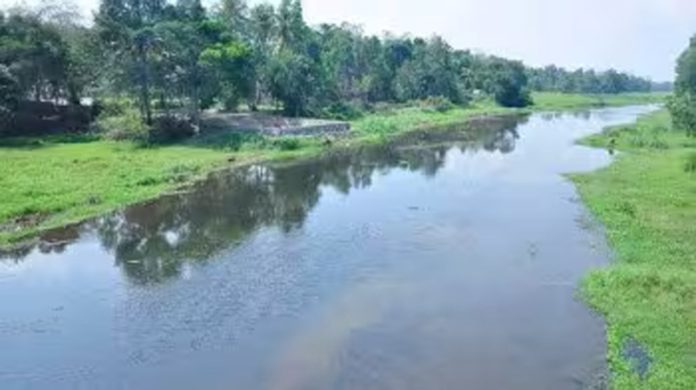Exercise imperative for effective planning, policy making
Mohinder Verma
JAMMU, Feb 18: The fresh census of Minor, Medium and Major Irrigation Projects, Water Bodies and Springs has yet not been started in the Union Territory of Jammu and Kashmir by the committees constituted by the General Administration Department although such an exercise is imperative for effective planning and policy making.
Vide Order No.110-JK (GAD) dated November 21, 2023 the General Administration Department constituted Union Territory level Steering Committee and District level Coordination Committees for conducting 7th Minor Irrigation Census, 2nd Census of Water Bodies, 1st Census of Major and Medium Irrigation Projects and 1st Census of Springs across Jammu and Kashmir.
The Agriculture Department, Irrigation and Flood Control Department, Jal Shakti Department, Command Area Department, Rural Development Department, Forest Department and Economics and Statistics Department were supposed to play key role in this exercise by furnishing requisite information to the Union Territory level Steering Committee.
However, the much needed exercise has yet not been started even nearly three months after the constitution of the committees at UT and District levels, official sources told EXCELSIOR, adding the delay in start of census is notwithstanding the fact that Central Ground Water Board of Ministry of Water Resources, Government of India and Western Regional Himalayan Centre Jammu (National Institute Member of Hydrology) have conveyed willingness to facilitate the UT level Committee in conducting the exercise.
A number of officers of different departments, who are members of the UT level Committee, when contacted admitted that census has yet not been started. “Hopefully, exercise will begin in near future”, they added. However, some other officers preferred not to respond to the repeated telephonic calls.
It is pertinent to mention here that Minor Irrigation Census has already been conducted six times and that of Water Bodies once. However, census of Major and Medium Irrigation Projects and that of Springs is to be conducted for the first time.
“The census throws light on important aspects like Irrigation Potential Created and Irrigation Potential Utilized through irrigation structures both ground and surface water, water distribution practices employed by owners of these schemes and also sources used for energisation of these schemes”, sources said, adding “the objective behind the census is to build a comprehensive and reliable database in the irrigation sector for effective planning and policy making”.
As far as census of Water Bodies is concerned, the same is aimed at developing a database by collecting information on all important aspects including their size, condition, status of encroachments, use and storage capacity etc.
In the maiden survey released by the Ministry of Jal Shakti early last year, grim picture was painted about the Water Bodies in Jammu and Kashmir. The census revealed that there were 9,765 water bodies in Jammu and Kashmir and close to a quarter of them have dried up or are “not in use”. It was pointed out that 99.2% Water Bodies are in rural areas and the remaining 0.8% are in urban areas and majority of them are ponds.
In the 6th Minor Irrigation Census, it was mentioned that there was an increase of 28.2% in the Irrigation Potential Created from minor irrigation structures in J&K as compared to 5th Minor Irrigation Census as Irrigation Potential Created increased from 1,81,849 hectares during 5th census to 2,33,145 hectares during 6th census. The Irrigation Potential Utilized was 1,75,166 hectares during 5th census in J&K, which increased by 26.6 % during the 6th census.
It was further mentioned in the 6th census that 20,622 hectares irrigation potential was created through ground water schemes and 2,12,523 hectares through surface water schemes. Irrigation Potential Utilized was 19,537 hectares and 2,02,193 hectares for ground water and surface water schemes respectively. This revealed that 94.7 % of the potential created through ground water schemes was utilized while percentage utilization in respect of surface water schemes was 95.1%.


